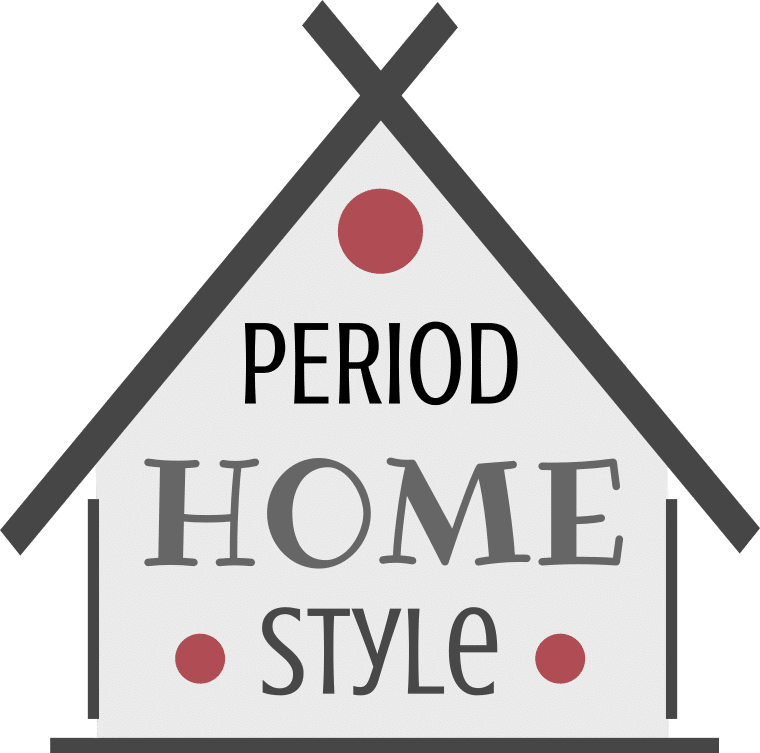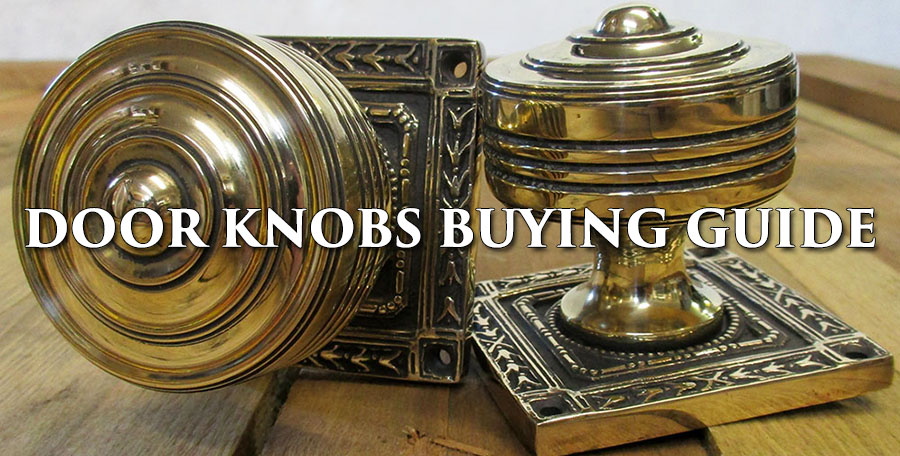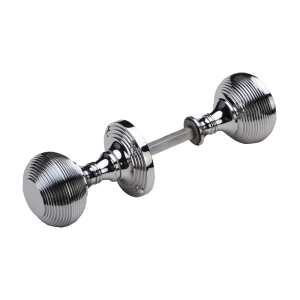Door Knobs Buying Guide
When choosing a door knob or lockset for your home’s exterior or interior doors, it pays to have a clear understanding of the differences between various types. Door knobs sound like a straightforward item to purchase, but there are some pitfalls and things you need to know and consider before buying.
Beyond their functional duties, doorknobs, hinges, and similar hardware components may add significantly to a door’s beauty. Many styles and finishes of door hardware are available, from ornate brass locksets and hinges to stylish brushed-chrome knobs. Here you will find information that will help you buy door hardware that’s appropriate for your needs and taste.
Door knobs that are designed to turn are sold in pairs with a connecting spindle, normally with the screw fixings required to attach them to the face of the door.
The Latch or Lock Mechanism
For your knobs to turn they will need a lock or latch mechanism. These should be purchased separately to suit the door knobs, or you may already have these in your doors. There are two types of mechanism. Most common is a mortise lock or latch, which is set into the edge of the door. The other traditional option is a rim lock or latch, which is a surface mounted box, these are often decorative.
 Rim Knobs or Mortise Knobs
Rim Knobs or Mortise Knobs
If you have a mortise type latch/lock, then all our door knobs will fit. If you have a rim latch/lock, only selected rim knobs will suit. The functionality is indicated in the product description on our website. Rim knobs require loose backplates, as normally only one backplate is used on the non rim lock side of the door.
Mortise only door knobs have backplates which are fixed to the door knob part and are generally attached to the door face using fixing screws.
Setback of Latch/Lock
Door knobs require a deeper setback than door handles. The setback is the distance from the edge of the door to the centre of the hole in the latch/lock which the interconnecting spindle passes through. You must ensure you have enough space to fit 50% of the knob diameter plus finger room, when the door is closed into the rebate. Tight spacing is a problem which must be avoided (apart from damaged fingers) it is a sign of shoddy building work.
If you are buying a new lock/latch this should be easy to get right. If you have existing spindle holes, you can cut a paper template of the door knob diameter, stick it on your door and check the spacing. Door handles require less setback and so it is normally not possible to replace door handles with door knobs without a change to the mechanism and all that this entails.
 Spindles
Spindles
The spindle bar goes into the back of one door knob, through the mechanism and into the back of the other one. Spindles can vary in their design, especially for rim knobs. Modern (post metric) spindles are a standard 8mm square section bar and this is what fits through standard locks and latches. Old latches/locks may have an imperial spindle size. This can be a problem as the metric standard is very slightly larger and the spindle is too fat to fit through the hole.
The simple way around this (which saves replacing all the old mechanisms) is to file around the spindle hole in the latch/lock until it fits. We often meet this problem and this is the easiest and best solution. Imperial/ metric sizing is an issue if you are buying reclaimed door knobs, as spindles and holes in the back of knobs will not fit modern metric fittings.
Sprung/Unsprung Door Knobs
Inside the latch mechanism is a spring which door knobs rely on to return them after turning. Some modern door knobs have a spring in the backplate of the knob itself, these are called sprung door knobs. Ours all rely on the spring in the latch doing the work and are unsprung. The spring in latch must therefore be heavy duty. Cheap latches from DIY sheds will not be man enough for the job unless they are labelled Heavy Duty.
Door Knob Size
In our range we have door knobs in a large number of different sizes available. On a modern standard door (1980 x 760mm) a 50mm diameter knob is normally about right. Large internal and external doors can take a larger diameter, up to 75mm.
The size which is right for your door depends upon the size of the door and how much presence you want the knob to have. We recommend making a paper template to help determine this. If you are not sure, you can purchase samples.
Period Style
 We have many different period styles available (see our range here). You need to think about whether you are trying to keep your house in period, or perhaps you want to go for the ones you like best. If you have a Georgian property, consider Bloxwich and Octagonal styles. For Victorian, the beehive would be the most traditional. Edwardian, look to the Classic Oval and Classic round and any wooden door knobs.
We have many different period styles available (see our range here). You need to think about whether you are trying to keep your house in period, or perhaps you want to go for the ones you like best. If you have a Georgian property, consider Bloxwich and Octagonal styles. For Victorian, the beehive would be the most traditional. Edwardian, look to the Classic Oval and Classic round and any wooden door knobs.
You may want to consider the same door knobs throughout your house, but do not be afraid to have one style downstairs and another up. This would have been very common, as downstairs doors would often be larger and would be where visitors would see and use the door knobs.
Material and Finish
Door knobs have been made over the years in lots of different materials. From brass, nickel, chrome, to wood, glass, iron etc. Your decision may be determined by the period of your property, your interior scheme or your personal preference. If you want to add colour consider glass or porcelain.
If you want to go with the period, brass was the most popular in Victorian times, wooden door knobs were popular in Edwardian houses and when we hit Art Deco look to polished nickel or chrome. By far the most popular material is currently brass.
Door Knobs which are not required to turn
If you do not want a turning door knob and want it as a pull there are a few options. There are large door pulls for external doors which are sold singly and fixed with a bolt from the rear. For cupboard doors you can use cupboard knobs, again these are fixed with a bolt from the rear. Another option is that you can use a 1/2 pair of mortise door knobs (ones with backplates fixed to the door knobs) and just screw to the door face, discarding the spindle.
This is useful if you want the same look on cupboard doors as on your main doors. There may be a little bit of play in these as they are really made to turn, with a few tricks these can normally be fixed firmly.
Please see our collection of Door Furniture available. We are here at the end of the phone to discuss any problems or questions you may have and to help you make the right choice. Give us a call on 0161-477-8980.



